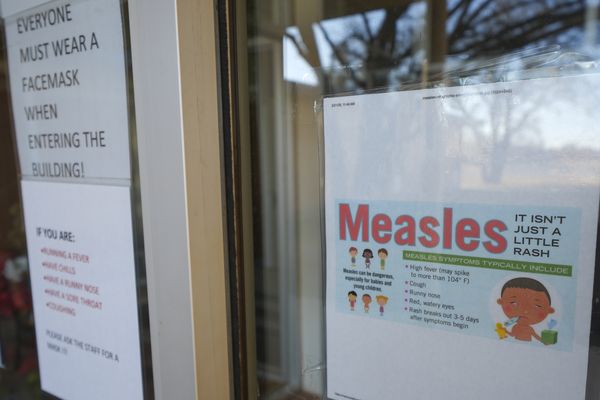
Is art eternal? Bobby Baker’s forthcoming installation at Tate Britain is built not to last. But it also confirms that the best work endures. The gallery is presenting a restaging of her influential 1976 cake sculpture, An Edible Family in a Mobile Home. Visitors are invited not only to touch but to literally consume the work, in the form of five lifesize family members made of biscuits, meringue and cake (including, in an updating of the original, a vegan option). Its success may be marked in part by how quickly it disappears.
Baker has said that her interest in consumable art partly reflected her lack of interest in selling work. But it was also a joyous overturning of the elitism of the art world. She described decorating a cake for a friend as a “revelation … What I loved about it was that it was so badly made, it was sort of dribbly”, in contrast to the creations of fellow students at St Martin’s who “reverently followed Anthony Caro … making these huge macho sculptures which had Greek names”.
Her own work has drawn repeatedly upon domesticity and motherhood, demanding that the viewer see work that usually goes unacknowledged, and has celebrated the apparently mundane or distressing in funny, inventive and exuberant ways. Staged at her own prefab home in Stepney, An Edible Family deliberately reflected the lives of the households around her on the estate. She iced the walls and took the part of the polite host, serving cups of tea to visitors. But there was nothing twee about the installation, which went from beautiful to grotesque as visitors dug in.
In contrast, when Antony Gormley produced a series of sculptures from bread, the slices were dried and dipped in paraffin to preserve them. One of the results is still in the Tate’s collection, and the curatorial notes loftily discuss its relation to religion and mortality.
Baker’s restaged work is appearing as part of the feminist show Women in Revolt! Art and Activism in the UK 1970-1990. It brings together the work of more than 100 artists, many of whom have been largely overlooked and neglected by mainstream institutions and accounts. Katy Hessel’s recent book The Story of Art Without Men became a bestseller by putting female artists back in the picture. But while much has changed since Baker first made An Edible Family, the artist told the Guardian: “Society still doesn’t adequately support families, parents, or domestic labour and yet work and childcare are fundamental to survival and humanity.”
Other artists too have used art made from food to explore social and political themes. The Chinese artist Song Dong has built cities from biscuits, crackers and patisserie, using 72,000 edible items for a London installation in 2006. The speed of construction and destruction reflects the pace of Asian urbanisation. The American artist Kara Walker’s 2015 work A Subtlety or The Marvelous Sugar Baby, sited in a former sugar warehouse, featured a massive sugar-coated, sphinx-like woman, in an exploration of power, wealth, race, slavery, decay and much more. Though admittedly not consumable, the sculpture drew upon the elaborate sugar artworks once served at royal banquets in France and England. Those too were often laden with political symbolism. Like An Edible Family, they were usually broken up and eaten by their admirers – while their meanings might take longer to digest.
Do you have an opinion on the issues raised in this article? If you would like to submit a response of up to 300 words by email to be considered for publication in our letters section, please click here.







